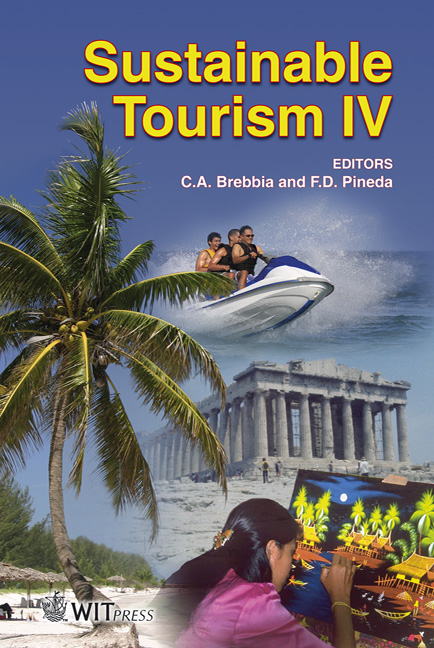An Extended VRIO Model As A Framework For Sustainable Tourism Planning
Price
Free (open access)
Transaction
Volume
139
Pages
11
Page Range
87 - 97
Published
2010
Size
2,942 kb
Paper DOI
10.2495/ST100081
Copyright
WIT Press
Author(s)
J. Simão
Abstract
The management of resources by a tourism destination is of crucial importance for sustainable tourism development. The Resource-based View, a relevant school of strategic thought, offers a conceptual model for the analysis of organizational resources. This paper proposes to extend this model to the sustainability of tourist destinations. That is, assuming the VRIO model, and recognizing its usefulness as a tool for resource analysis, we introduce the sustainability dimension. The VRISO(S) model proposed here is intended as a starting point for discussion about the management of tourism resources in the context of sustainable development and competitive advantage to be undertaken by Destination Management Organizations. Keywords: sustainable tourism, strategic management, Resource-based View, competitive advantage, VRIO model. 1 Introduction Due to environmental and social pressures, a lot has been claimed for sustainable tourism development (s.t.d.). Both scientific literature and tourism organisations are unanimous as to the need for it. Nevertheless, it is not always easy to step forward towards implementation because, it must be acknowledged, it is less difficult to debate sustainability in theoretical terms than putting it into practice. Not that it is easy to debate sustainable tourism, but the fact is that it is even harder to put into practice or, as mentioned in the editorial of the first issue of the Journal of Sustainable Tourism, \“(…) to walk the talk”. In the tourism industry, the practice of sustainable development (s.d.) gains higher relevance and complexity due to the mix of products and services that integrate the industry
Keywords
sustainable tourism, strategic management, Resource-based View, competitive advantage, VRIO model





